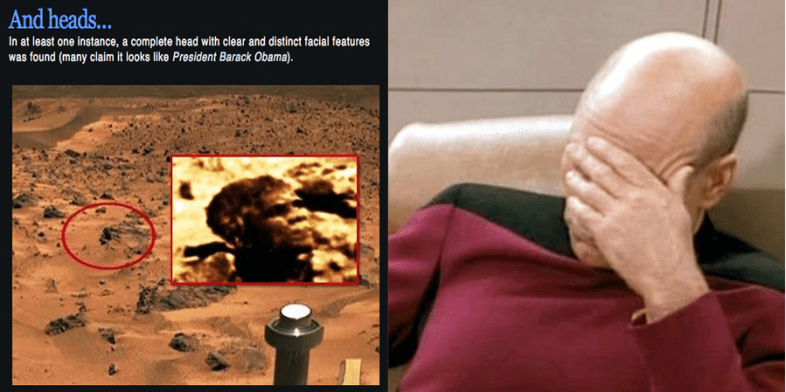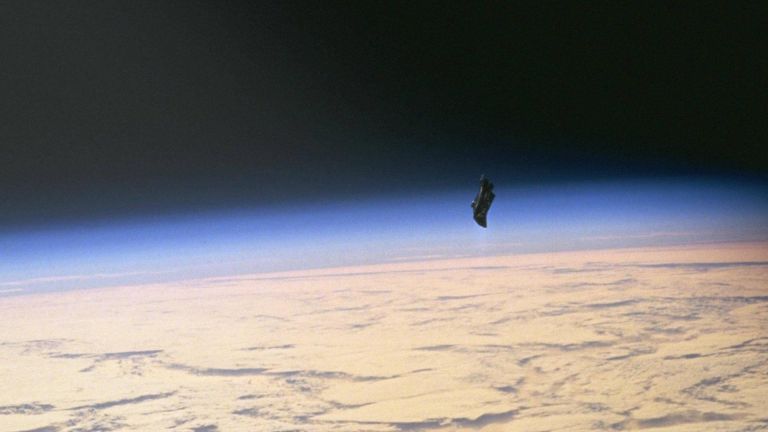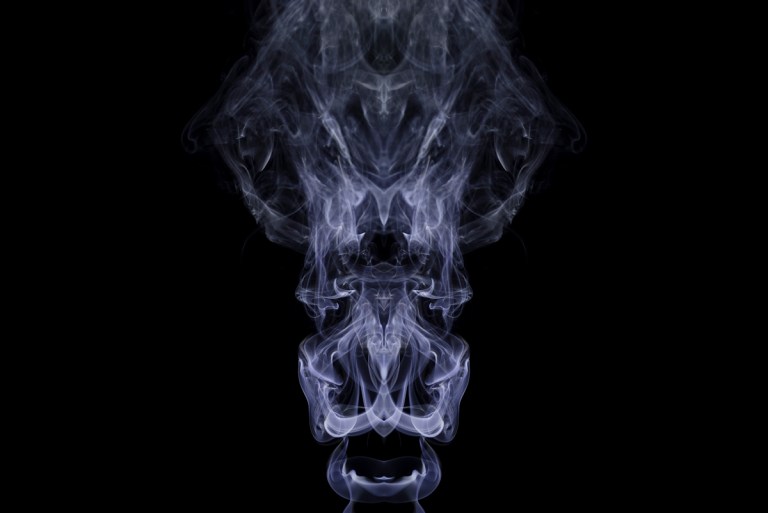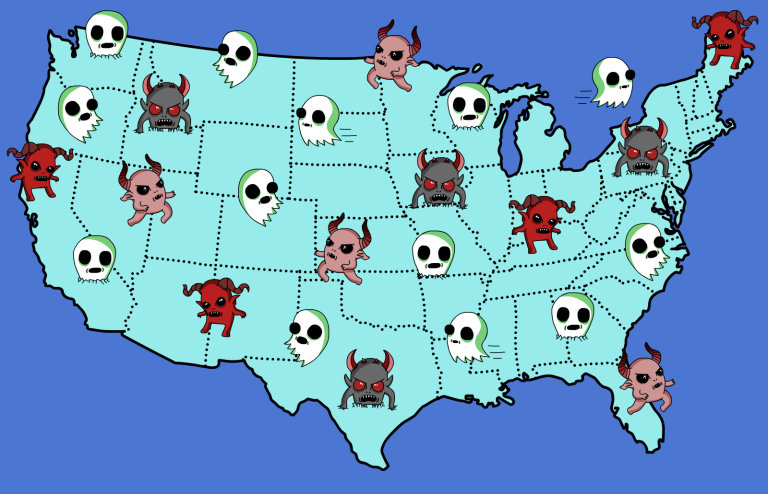The One Psychological Trick That’s Fooled Everyone On Tumblr Into Seeing “Faces” And “Lizards” In NASA Mars Photos
Are these images of people and animals on Mars? Time and time again, frustrated experts have responded that they are just rocks. But the belief persists.

This “face” on Mars was photographed by NASA’s Viking 1 Orbiter in 1976. Alien-enthusiasts speculate that it is evidence of an ancient alien civilization on Mars.

But despite being near-universally accepted that it is an optical illusion, a LOT of people still cite the “face” as evidence of a conspiracy by NASA to cover up an ancient Martian civilization. For example, this Tumblr post from last Saturday about the “face” — and other Martian rocks that look like things on Earth — has over 50,000 notes.

The Tumblr post not only argues that there’s ‘something up’ with the “face,” but also shows a number of other curious looking formations that NASA has captured. There’s this thing, that looks an awfully lot like a lizard.
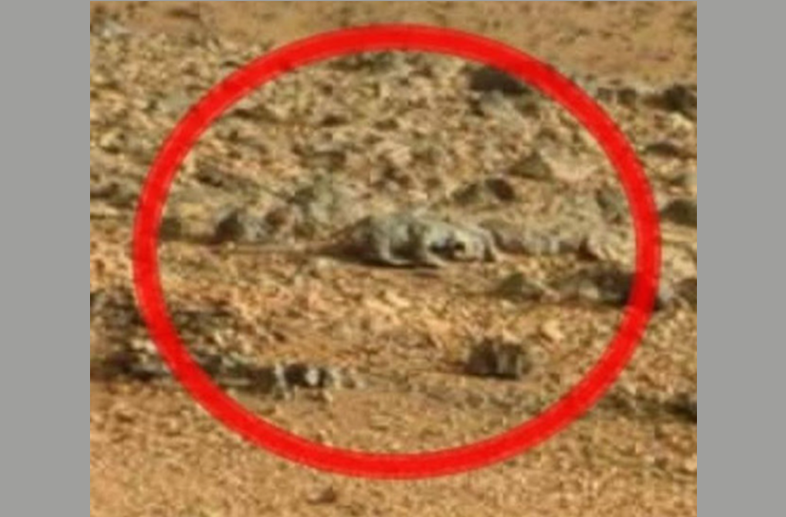
And there’s this “frozen woman,” that looks like a very tiny woman falling backward.

And this “thigh bone.”
![The Tumblr post "proves" this is "real" by saying that while the scientists at NASA say the rock was sculpted by erosion, "others" say that it is "impossible" for "wind and erosion [to shape] a rock in such a bizarre manner."](https://develop.thoughtcatalog.com/wp-content/uploads/2015/04/thigh.png)
And this “iguana.”
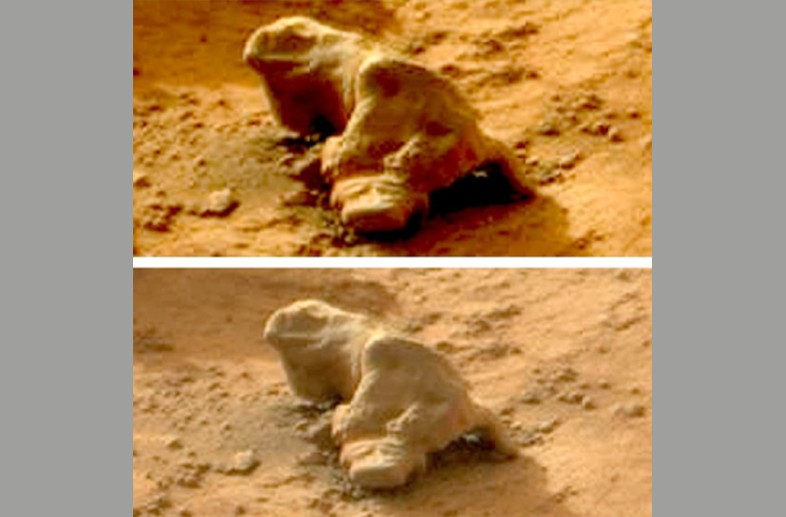
And this “rat.”

Freaky! While these images do resemble things we are familiar with, that doesn’t change the fact that they are rocks—not ancient aliens paying homage to life on earth. Instead of aliens, what’s at work here is a psychological concept that’s been crucial to our survival since the beginning of our species.
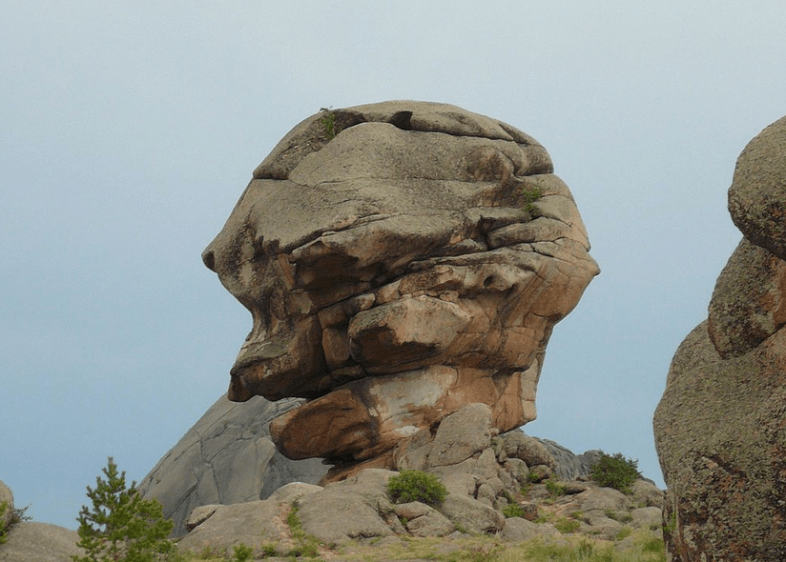
It’s called pareidolia, and it’s a form of apophenia, which refers to the human tendency to identify patterns or connections in random or meaningless information. Take a look at this image.

You automatically and subconsciously identify these three circles and a line as a face, despite the image having only a few basic features of a face. But two things that share a few features do not make those things the same.
Here’s an image of the Martian “face” taken with better imaging equipment.
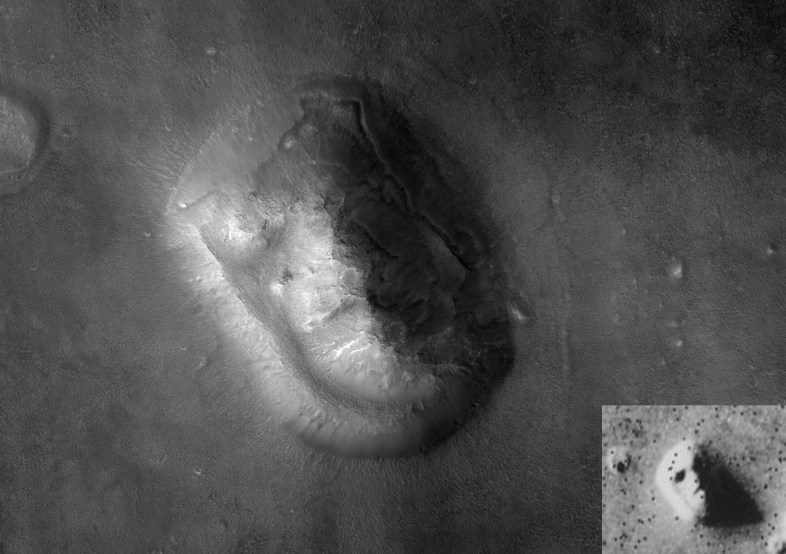
Why are we so susceptible to pareidolia? Why do we subconsciously assume connections and patterns in the face of insignificant, random information? Because there is extraordinary survival benefit to it.
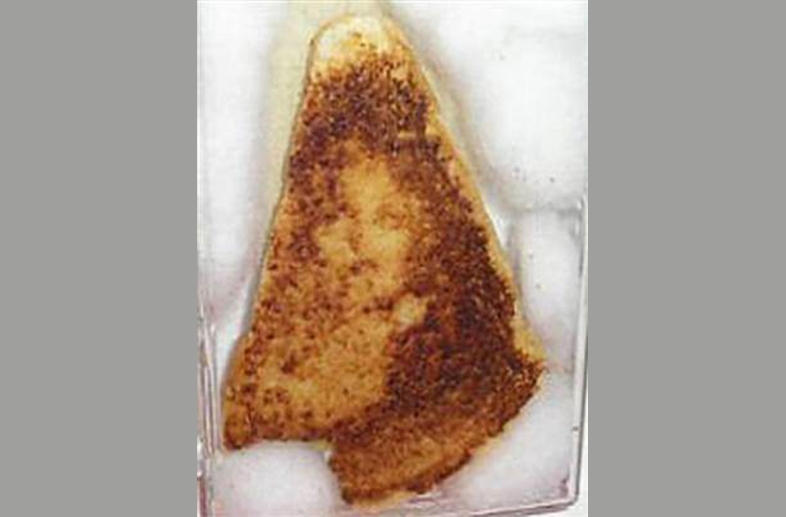
Back when humans had to fight the elements for their survival every day, it was incredibly useful to successfully identify patterns in nature. For example, connecting a rustling in the grass with the approach of a lethal predator — rather than a breeze in the wind — greatly increases your chances of survival and reproduction.

And the ability to seek and recognize faces is hard-wired into our brains from birth, granting us immense evolutionary and survival benefit.
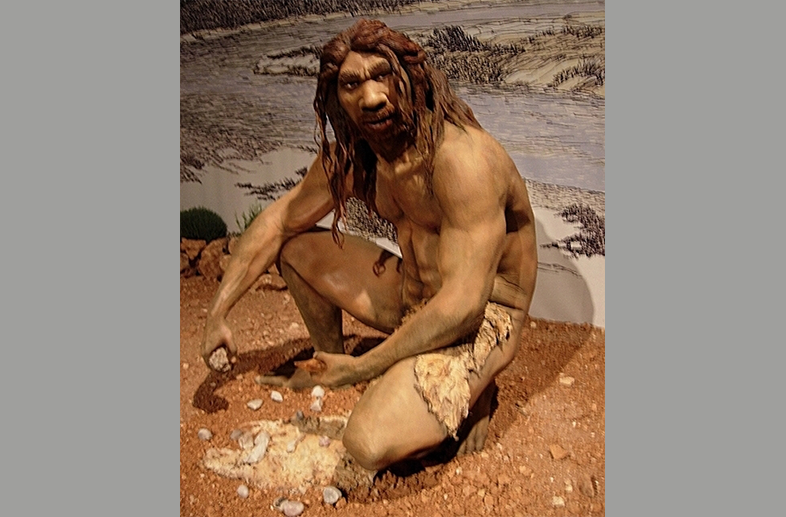
We are programmed to not only see connections and patterns in random information that aren’t there, but often, to make those patterns into “faces.” Over the history of our species, pareidolia has helped us survive.
But that still doesn’t make this Martian rock a sculpture of President Barack Obama.
